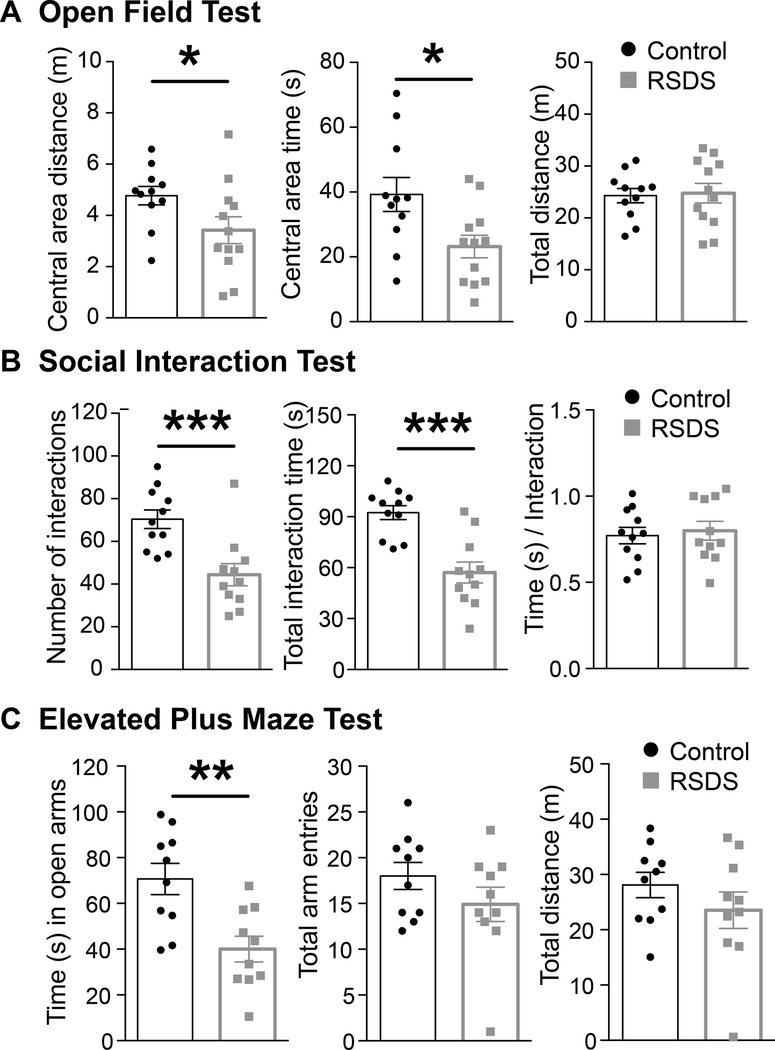Figure 2: RSDS causes anxiety-like behavior.
(A) RSDS decreases central area exploration distance and time without affecting the locomotion (measured by total distance traveled) in OFT. (Left) Central distance: Control: N = 11 rats, 4.76 ± 0.35 m; RSDS: N = 12 rats, 3.42 ± 0.52 m; t = 2.085, df = 21, p = 0.04, unpaired t-test. (Middle) Central area time: Control: N = 11 rats, 39.23 ± 5.23 s; RSDS: N = 12 rats, 23.16 ± 3.47 s; t = 2.597, df = 21, p = 0.01, unpaired t-test. (Right) Total distance: Control: N = 11 rats, 24.29 ± 1.37 m; RSDS: N = 12 rats, 24.76 ± 1.89 m; t = 0.198, df = 21, p = 0.84, unpaired t-test. (B) RSDS decreases number of social interactions. (Left) Number of social interactions: Control: N = 11 rats, 70.36 ± 4.35; RSDS: N = 11 rats, 44.36 ± 5.19; U = 12.50, p = 0.0008, Mann-Whitney U test. (Middle) Total time of social interactions: Control: N = 11 rats, 92.36 ± 4.10 s; RSDS: N = 11 rats, 57.09 ± 6.17 s; t = 4.756, df = 20, p = 0.0001, unpaired t-test. (Left) Duration of social interactions: Control: N= 11 rats, 0.77 ± 0.04 s; RSDS: N = 11 rats, 0.79 ± 0.05 s; t = 0.387, df = 20, p = 0.70, unpaired t-test. (C) RSDS decreases time spent in open arms of the EPM without affecting locomotion (measured by the total number of arm entries and total distance traveled in EPM). (Left) Time spent in open arms: Control: N = 10 rats, 70.66 ± 6.82 s; RSDS: N = 10 rats, 40.00 ± 5.62 s; t = 3.465, df = 18, p = 0.002, unpaired t-test. (Middle) Total distance traveled: Control: N = 10 rats, 28.09 ± 2.29 m; RSDS: N = 10 rats, 23.53 ± 3.30 m; t = 1.134, df = 18, p = 0.27, unpaired t-test. (Right) Number of arm entries: Control: N = 10 rats, 18.00 ± 1.47; RSDS: N = 10 rats, 14.90 ± 1.87; U = 36, p = 0.30, Mann-Whitney U test. *indicates p < 0.05; **indicates p < 0.01; ***indicates p < 0.001; unpaired t-test (except that for number of interactions, which is by Mann-Whitney U test). Data shown as mean ± S.E.M.

